Ensuring the safety of a swimming pool is paramount for both homeowners and public pool operators. With swimming pools being a source of enjoyment, relaxation, and recreation, adhering to pool safety regulations is essential to prevent accidents and protect lives.
In this comprehensive guide, we’ll delve into the world of pool safety regulations, providing homeowners, pool operators, and facility managers with a complete overview of the measures necessary to keep their pools secure.
From pool safety fences and gate requirements to lifeguard certifications and emergency preparedness, this guide will equip you with the knowledge and resources needed to create a safe and enjoyable swimming environment for all. Whether you’re installing a new pool or managing an existing one, get ready to dive deep into pool safety regulations and ensure peace of mind for yourself and your pool users.
Stay Safe, Stay Legal: Everything You Need to Know About Pool Safety Regulations
Understanding Pool Safety Regulations: A Must for Every Pool Owner
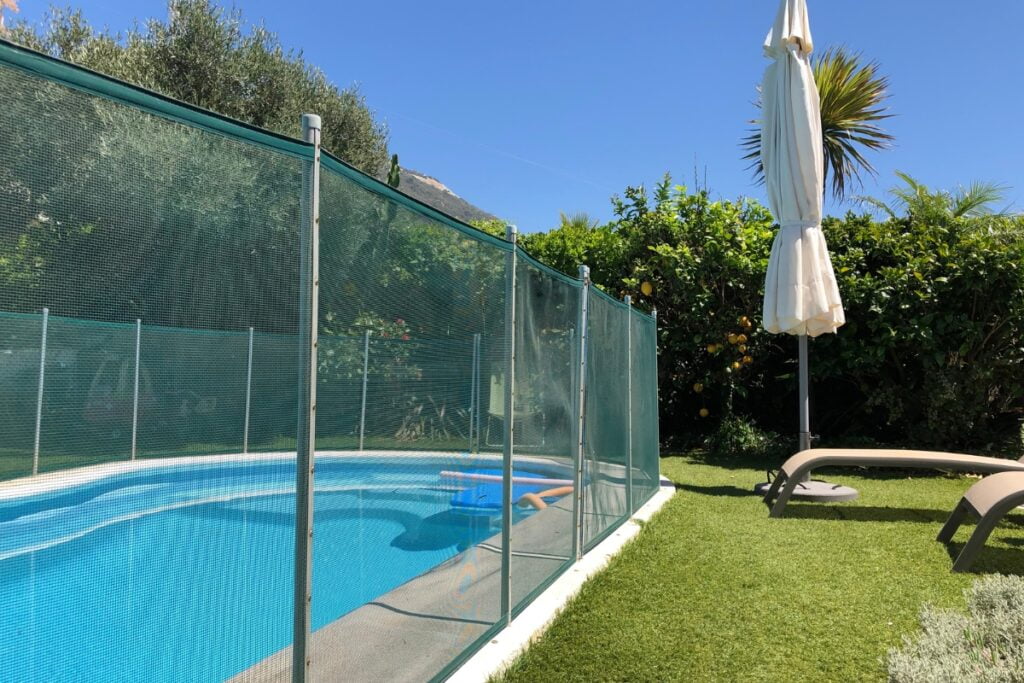
When it comes to pool safety regulations, staying informed is crucial for every pool owner. These guidelines are put in place to ensure the safety of individuals using the pool, especially children and non-swimmers. By understanding and complying with pool safety regulations, you can create a secure environment for everyone enjoying your pool.
One of the primary reasons pool safety regulations exist is to prevent accidents and potential drownings. From proper fencing to safety covers, these regulations aim to reduce the risks associated with having a pool on your property. By following these guidelines, you not only protect your loved ones but also adhere to legal requirements in many jurisdictions.
Installing a fence around your pool is often a mandatory regulation. The fence should meet specific height and gate requirements to prevent unauthorized access, particularly by young children. Regular maintenance of the fence is essential to ensure its effectiveness in keeping the pool area secure.
Another crucial aspect of pool safety regulations is the use of safety covers. These covers not only protect your pool from debris but also serve as a barrier to prevent accidental falls into the water. Ensuring that your pool has a secure and durable safety cover is essential for maintaining compliance with safety regulations.
Additionally, pool owners are required to have appropriate safety equipment readily available. This includes life-saving devices such as lifebuoys, life jackets, and first aid kits. Being prepared for emergencies is a key component of pool safety regulations, and having the necessary equipment on hand can make a significant difference in critical situations.
Regular maintenance and inspections of your pool are also essential to ensure compliance with safety regulations. Proper chemical levels, water quality, and equipment functioning are all crucial aspects of pool safety. By staying proactive and addressing any issues promptly, you can prevent accidents and maintain a safe environment for swimmers.
The Legal Landscape: Compliance Requirements for Pool Safety

When it comes to pool safety regulations, complying with legal requirements is crucial to ensure the security of individuals using the pool. Understanding the legal landscape surrounding pool safety helps pool owners and operators navigate the complexities of maintaining a safe environment.
Compliance with pool safety regulations is not just about avoiding fines or penalties; it is about protecting lives. From fencing requirements to water quality standards, pool safety regulations encompass a wide range of measures aimed at minimizing the risk of accidents and injuries.
One of the key compliance requirements for pool safety is the installation of proper fencing. According to pool safety regulations, pools must be enclosed by a fence that meets specific height and gate requirements to prevent unauthorized access, especially by young children.
Additionally, regular maintenance of pool equipment and facilities is essential to meet compliance standards. Ensuring that pool water is adequately treated and tested for bacteria and chemical levels is vital to prevent waterborne illnesses and maintain water quality within acceptable parameters.
Training staff members on pool safety protocols and emergency procedures is another critical aspect of compliance with pool safety regulations. Proper training can help prevent accidents and ensure a timely response in case of emergencies, such as drowning incidents or pool-related injuries.
Pool safety regulations also cover signage requirements to inform pool users of safety rules and guidelines. Clear and visible signage regarding pool depth, diving restrictions, and emergency contact information can enhance safety measures and promote responsible pool usage.
Pool Design and Construction: Key Elements for Ensuring Safety
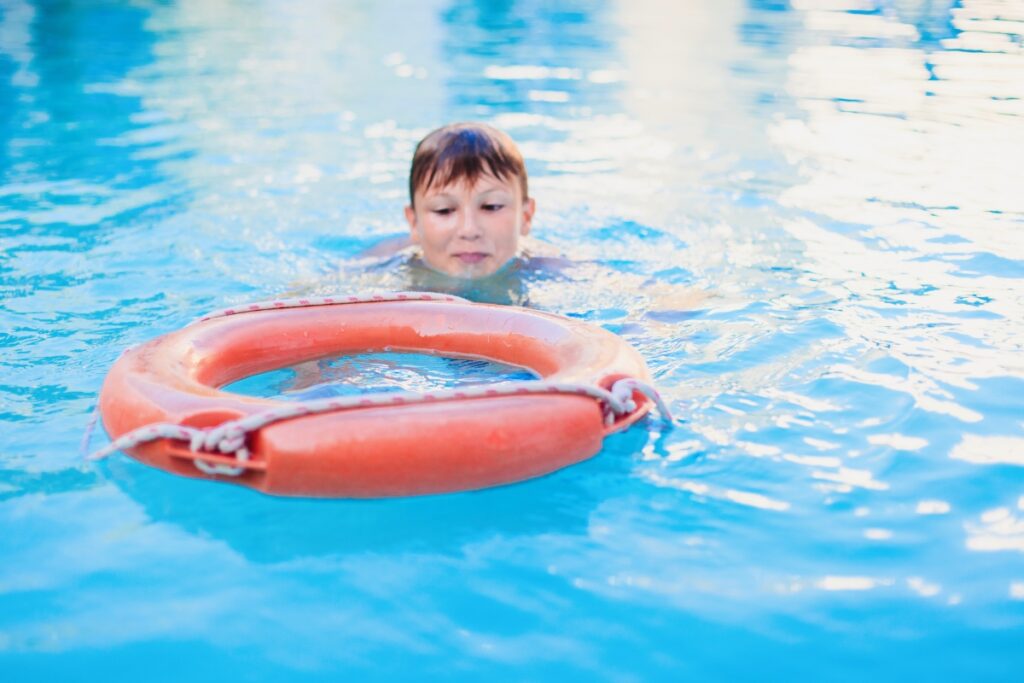
When it comes to pool design and construction, ensuring safety should be a top priority. Understanding and implementing pool safety regulations is crucial for keeping your pool secure and preventing accidents. Here are the key elements to focus on:
- Fencing and Barriers: One of the fundamental pool safety regulations is having proper fencing and barriers around the pool area. This helps prevent unauthorized access, especially for young children or pets. Make sure the fence is at least 4 feet high with a self-closing and self-latching gate.
- Alarms and Safety Covers: Ensuring the installation of alarms on access points to the pool area and utilizing safety covers during pool downtime are crucial safety precautions. These enhancements offer an additional level of security and serve as early warning systems for possible hazards.
- Depth Markings and Non-Slip Surfaces: Clear depth markings in the pool help swimmers understand the water depth, reducing the risk of accidents. Additionally, using non-slip surfaces around the pool deck and ladder areas enhances safety by preventing slips and falls.
- Proper Drain Covers: Adequate pool circulation is essential for pool safety. Ensure that your pool has compliant drain covers to prevent entrapment incidents, especially for young swimmers.
- Regular Maintenance and Inspections: Following pool safety regulations is an ongoing process. Regular maintenance, including checking pool equipment, water quality, and overall pool condition, is crucial for ensuring a safe swimming environment.
- Emergency Equipment and Procedures: Pool safety hinges on preparedness for emergencies. It is vital to have essential safety gear like lifebuoys, reaching poles, and first aid kits easily accessible. Moreover, make sure that all pool users are familiar with emergency protocols such as CPR.
- Compliance with Local Regulations: Pool safety regulations may vary depending on your location. It’s important to familiarize yourself with local laws and regulations regarding pool design and construction to ensure full compliance and safety.
By incorporating these key elements into your pool design and construction process, you can create a safe and secure environment for swimmers of all ages. Remember, prioritizing pool safety regulations is not just about following rules but about protecting lives and preventing accidents.
Essential Pool Safety Equipment: Tools of the Trade
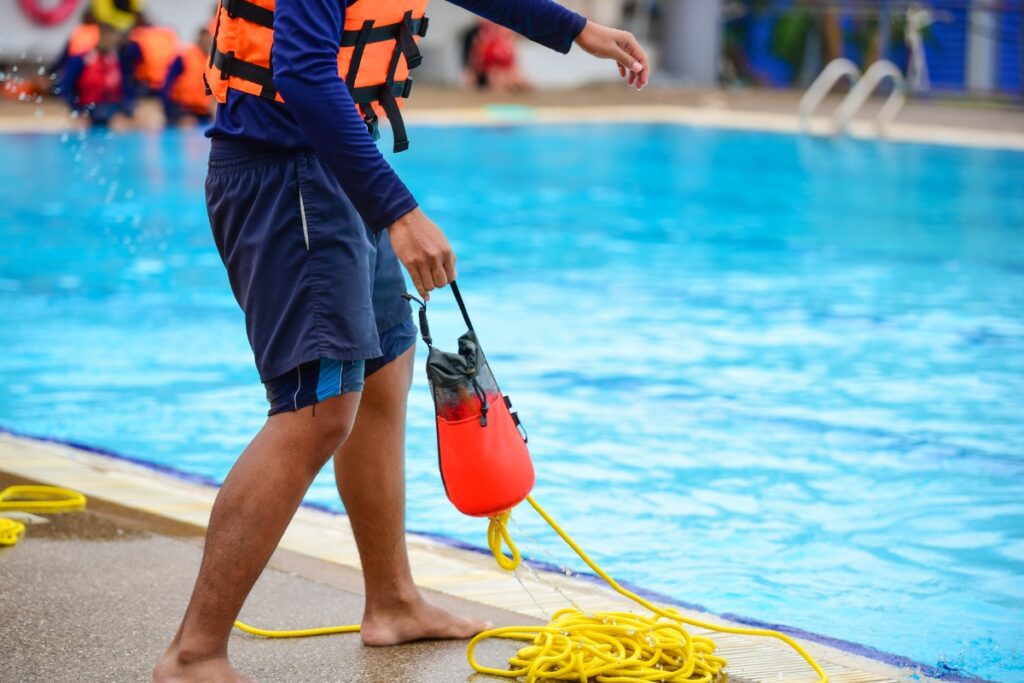
When it comes to maintaining a safe environment around pools, having the right equipment is crucial. Pool safety regulations require pool owners to invest in essential pool safety equipment to ensure the well-being of swimmers. These tools are the backbone of pool safety protocols and help prevent accidents and injuries.
- Life Rings and Shepherd’s Crook: Among the most important pool safety equipment are life rings and shepherd’s crooks. These tools are designed to quickly rescue individuals in distress. According to pool safety regulations, having these items easily accessible around the pool area is mandatory.
- Pool Alarms: Installing pool alarms is a mandatory requirement in many pool safety regulations. These alarms detect any unusual water movements and alert pool owners of potential dangers, such as unauthorized access or someone falling into the pool.
- Safety Covers: Pool safety regulations often emphasize the importance of using safety covers when the pool is not in use. These covers not only prevent debris from entering the pool but also act as a barrier to prevent accidents, especially for households with children or pets.
- First Aid Kits: Having a well-stocked first aid kit near the pool area is essential for immediate medical assistance in case of emergencies. Pool safety regulations stress the importance of being prepared for any unforeseen circumstances.
- Non-Slip Mats and Signs: To prevent slip and fall accidents, pool safety regulations suggest using non-slip mats around the pool area. Additionally, placing warning signs for depth markers, no diving areas, and other safety instructions is crucial for ensuring a safe swimming environment.
- Safety Ladders and Handrails: Properly maintained safety ladders and handrails are essential for safe entry and exit from the pool. Pool safety regulations often specify the requirements for these tools to meet safety standards.
In conclusion, adhering to pool safety regulations and investing in essential pool safety equipment are fundamental steps in ensuring a secure and enjoyable swimming experience. By following these guidelines and having the right tools of the trade, pool owners can create a safe environment for swimmers of all ages.
Water Quality Control: Maintaining a Healthy Environment
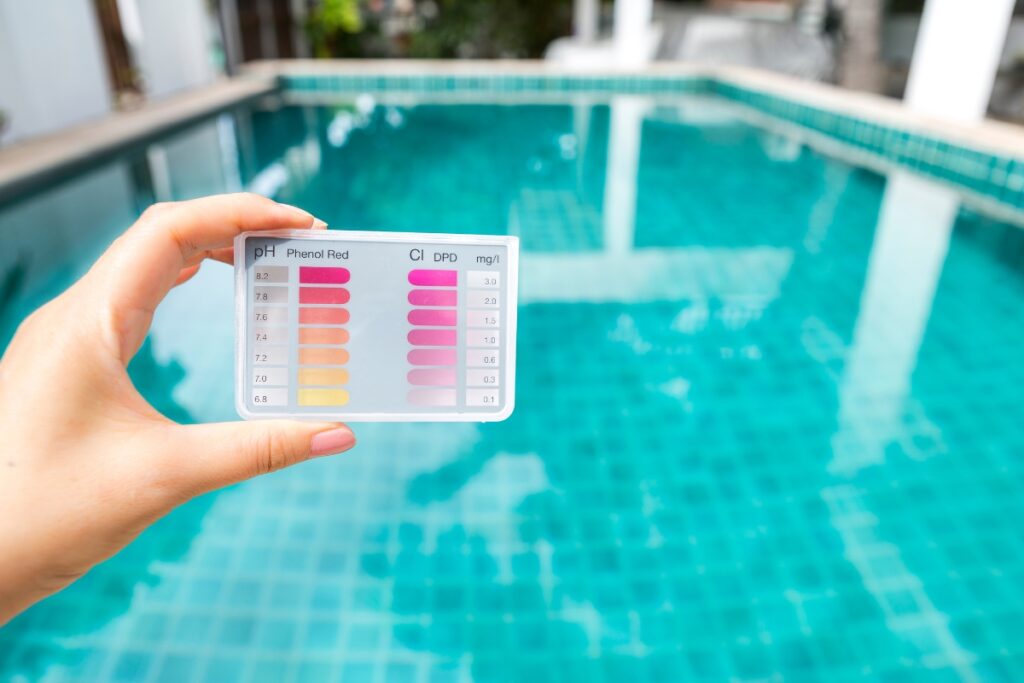
Water quality control plays a crucial role in maintaining a healthy environment, especially in areas where pools are prevalent. When it comes to pool safety regulations, ensuring the quality of the water is paramount for the well-being of swimmers and the surrounding ecosystem.
Ensuring compliance with pool safety standards is not only a legal obligation but also a moral responsibility to avert accidents and health risks. A crucial element of these standards involves upholding water quality to mitigate the transmission of waterborne illnesses and guarantee a secure swimming setting.
In addition to testing the water quality, proper pool maintenance practices also contribute to upholding pool safety regulations. Regular cleaning of the pool, skimming debris, and checking filtration systems are vital tasks that help in preserving water quality and ensuring a safe swimming experience.
By staying informed about pool safety regulations and actively implementing measures to maintain water quality, pool owners can create a secure and healthy environment for swimmers. Prioritizing pool safety not only safeguards the well-being of individuals but also promotes sustainability by preserving the ecosystem surrounding the pool.
Lifeguarding and Supervision: Ensuring Constant Vigilance
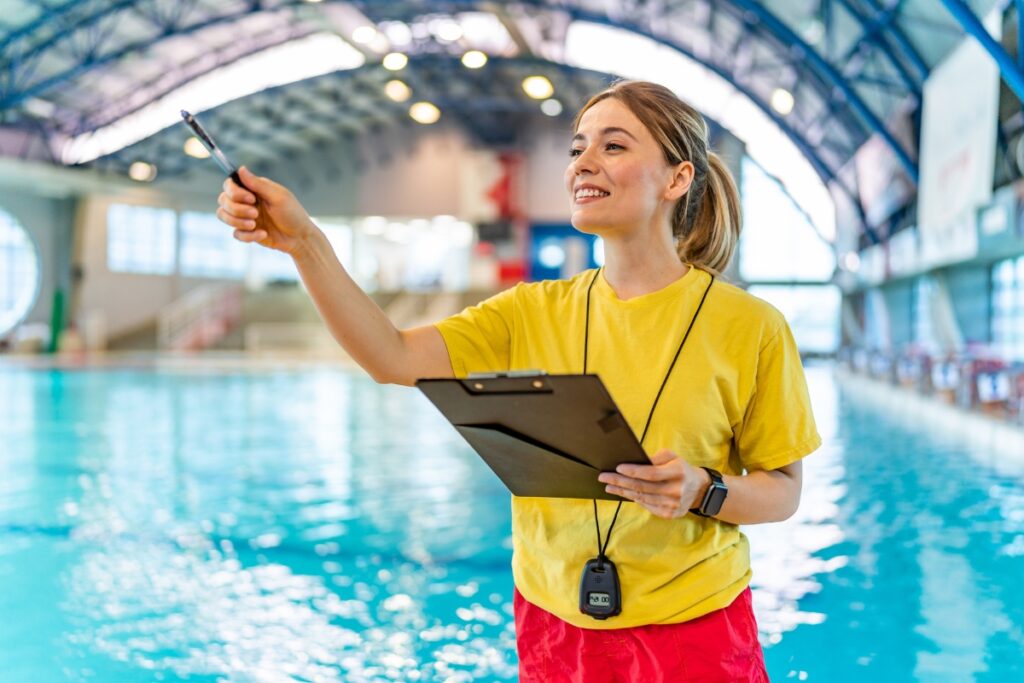
When it comes to pool safety regulations, lifeguarding and supervision play a crucial role in ensuring constant vigilance. Implementing strict measures and guidelines can significantly contribute to keeping your pool secure and accident-free.
To begin with, pool safety regulations are designed to prevent accidents and promote a safe environment for swimmers of all ages. Lifeguards are trained professionals responsible for enforcing these regulations and providing immediate assistance in case of emergencies. Their presence alone helps deter risky behavior and ensures that safety protocols are followed at all times.
Supervision is another key aspect of maintaining a secure pool area. Whether it’s parents watching over their children or designated adults overseeing activities, having vigilant supervisors can prevent accidents before they happen. Clear communication of pool rules and boundaries is essential to avoid confusion and promote a safe swimming environment.
Regular training and drills should be conducted to ensure that lifeguards and supervisors are well-equipped to handle any situation that may arise. From CPR techniques to proper rescue procedures, ongoing education is vital in maintaining a high level of preparedness and professionalism.
Emergency Preparedness: Being Ready for the Unexpected
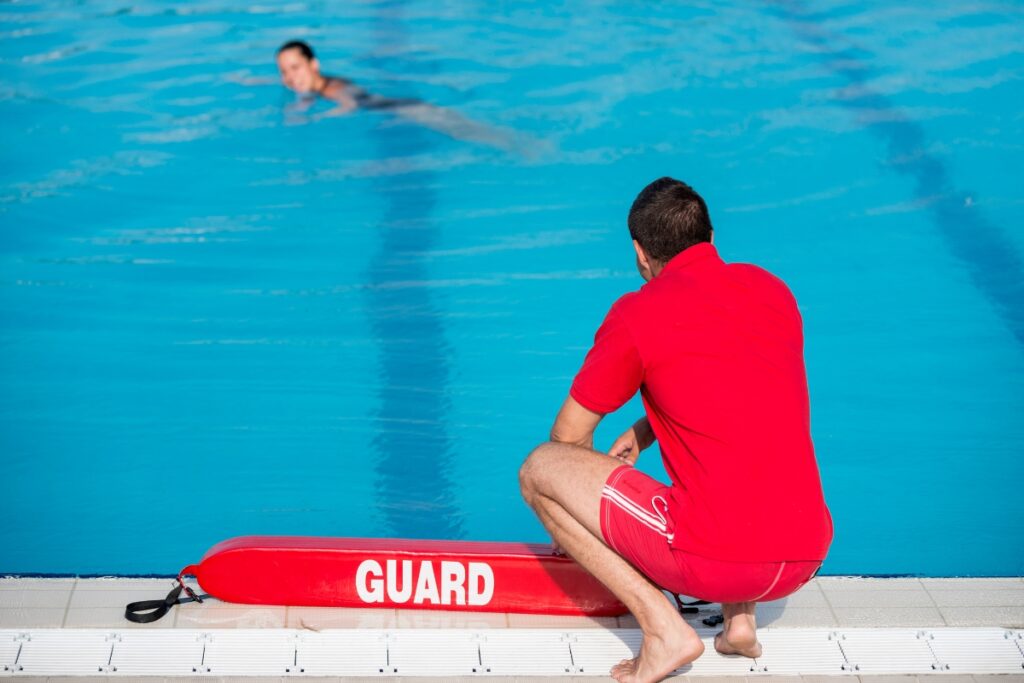
In the realm of pool safety regulations, it is essential to be prepared for unforeseen emergencies. Being ready for the unexpected can make a significant difference in ensuring the security and well-being of individuals utilizing the pool facilities.
Understanding and implementing pool safety regulations is a crucial aspect of maintaining a secure pool environment. These regulations encompass various guidelines and protocols aimed at preventing accidents and promoting safety within the pool area.
One of the primary aspects of pool safety regulations is ensuring proper fencing around the pool perimeter. This measure helps restrict unauthorized access to the pool and reduces the risk of accidents, especially for young children or pets.
Additionally, installing compliant pool covers is another vital requirement outlined in pool safety regulations. Pool covers serve as a protective barrier, preventing accidental falls into the pool and enhancing overall safety measures.
Regular maintenance and inspection of pool equipment and facilities are also emphasized in pool safety regulations. This includes checking the functionality of pool pumps, filters, and other essential components to ensure they are in optimal working condition.
Education and training play a key role in pool safety regulations, with guidelines recommending that pool users are aware of basic water safety practices and emergency procedures. Conducting regular drills and providing CPR training can significantly enhance preparedness for unexpected pool-related incidents.
Child Safety Measures: Protecting Vulnerable Swimmers
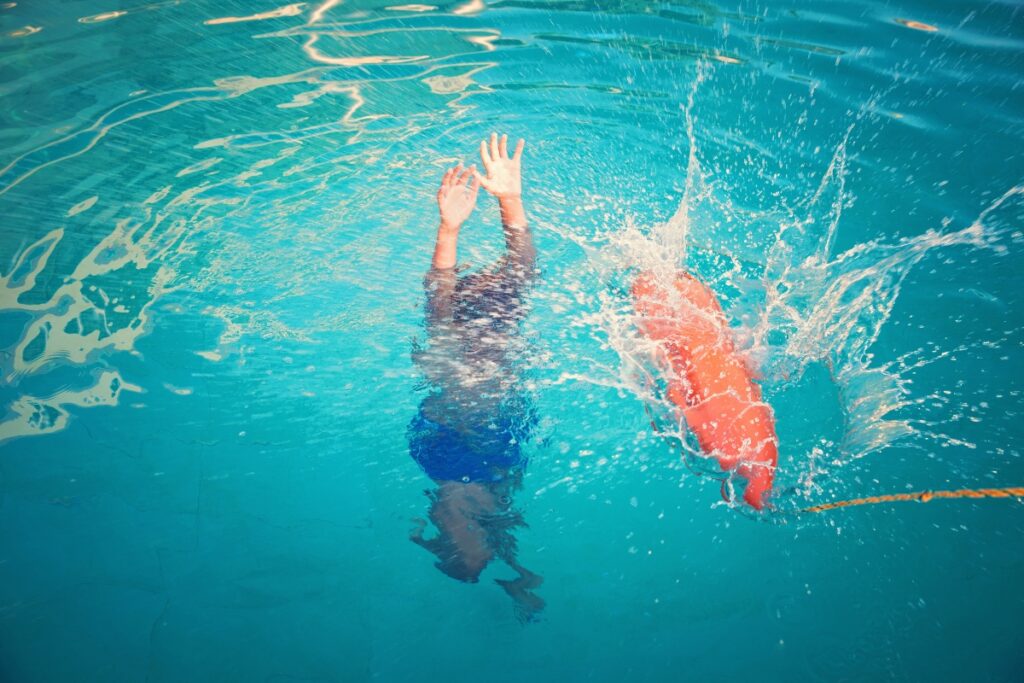
When it comes to pool safety regulations, ensuring child safety measures is paramount in protecting vulnerable swimmers. Implementing stringent rules and guidelines can significantly reduce the risk of accidents and ensure a safe swimming environment for children.
One of the key aspects of pool safety regulations is the installation of proper barriers such as fences and gates around the pool area. These barriers act as a physical deterrent, preventing unsupervised access to the pool and reducing the chances of accidents.
Additionally, it is crucial to have constant adult supervision whenever children are in or around the pool. Supervising adults should be vigilant and alert, ready to respond quickly in case of an emergency. Teaching children basic water safety skills and the importance of following pool rules can also contribute to a safer swimming experience.
Regular maintenance and inspection of pool equipment and facilities are essential to ensure compliance with pool safety regulations. This includes checking the condition of pool fences, gates, and latches, as well as ensuring that all pool equipment is in good working order.
Ensuring you have essential safety gear like life vests, rescue rings, and medical kits easily accessible during a pool emergency can greatly reduce hazards and guarantee swift assistance when needed.
Educating Pool Users: Promoting Awareness and Responsibility

When it comes to pool safety regulations, educating pool users is crucial. By promoting awareness and responsibility among pool owners and users, we can help prevent accidents and ensure a safe swimming environment for everyone.
When discussing pool safety regulations, it’s essential to cover key aspects such as pool maintenance, supervision, and emergency preparedness. Pool owners must adhere to specific guidelines to keep their pool secure and minimize the risk of accidents or injuries.
One of the fundamental aspects of pool safety regulations is regular maintenance. Pools should be properly cleaned and maintained to prevent the growth of bacteria and algae. Pool owners must also ensure that the pool’s equipment, such as pumps and filters, are functioning correctly to maintain water quality.
Supervision is another critical component of pool safety. Whether it’s children or adults using the pool, there should always be a responsible adult present to oversee pool activities. Establishing clear rules, such as no diving in shallow areas or running around the pool, can help prevent accidents.
Should an emergency occur, individuals utilizing the pool must understand the safety protocols and guidelines. This involves being proficient in administering CPR and ensuring that crucial safety tools like lifebuoys and first aid kits are easily accessible.
By promoting awareness and responsibility among pool users, we can create a culture of safety around pool usage. Pool safety regulations are in place to protect everyone using the pool, and by following these guidelines, we can ensure a secure and enjoyable swimming experience for all.
Conclusion: Creating a Secure and Enjoyable Pool Environment
Remember, pool safety is a continuous effort that requires ongoing maintenance, regular inspections, and staying informed about any updates or changes in regulations. By prioritizing pool safety, you can ensure that your aquatic oasis remains a source of joy and relaxation for years to come.
As you prioritize the safety of your loved ones around the pool, trust Clear Water Pools Atlanta to ensure that your pool meets all necessary safety regulations. Our team is dedicated to providing expert guidance and pool services to keep your pool secure and your mind at ease. Contact us today at 770-406-8638 or request a pool estimate through our website form and take the first step towards creating a safer pool environment for your family and guests.





